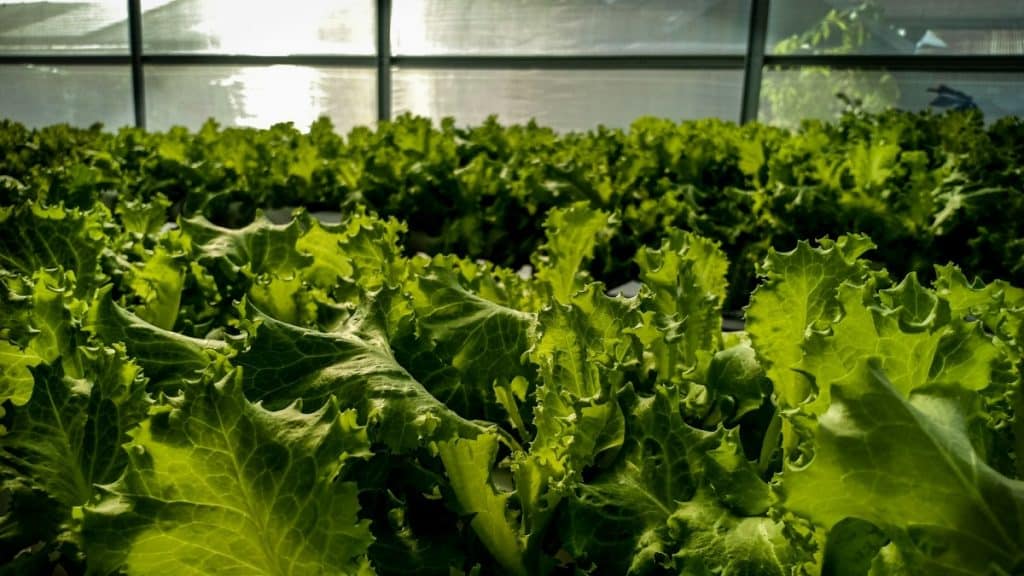Gone are the days when you would buy a block of hand-made cheese or a bottle of fresh milk from the local farmhouse. For better or worse, the food we now eat is mass-produced in industrial plantations through machines instead of by the local friendly farmer.
However, this trend has been crucial in feeding the ever-increasing world population; with traditional methods, we cannot produce enough food to feed the world. The rapid advancements in food technology are critical in alleviating food insecurity.
Food technology is an ever-emerging field, and new advancements are being made nearly every day, which requires a skilled workforce to operate these technologies. Businesses are increasingly turning toward specialized recruitment agencies like Bristol Associates to find food tech experts and ensure they stay on top of industry trends. Here are some advancements in food technology that will be life-changing in the future:
1. Cultured Meats
Livestock is perhaps the most unsustainable part of agriculture. According to estimates, 14.5% of the greenhouse emissions come from livestock farming. It also takes a lot of land and resources to produce meat, which is why it is so expensive. Cultured meats can offer sustainable meat, and while the technology is still in its early stages, food companies are slowly using it commercially.
In cultured meats, animal muscle stem cells are taken without harming the animal and grown in nutrient-rich bioreactors, where they grow and become the different cell types found in animal meat in a process that closely resembles the natural growth process. These bioreactors contain a special broth containing all the essential nutrients, sugars, and amino acids, making lab-grown meats nutritious. Finally, different meat dishes are made from the resulting meat after harvesting the mature cells.
2. Vertical Farming
Farmers require a lot of land to produce food. As the population grows, there isn’t enough farmable land to grow enough food. Vertical farming solves this problem by growing crops in vertically stacked layers, maximizing space and revolutionizing agriculture. As a result, you can get significantly higher yields per square foot of land compared to traditional farming.
Vertical farms also allow you to provide a controlled environment. As they are grown indoors, you can control light, temperature, humidity, and CO2 levels precisely. Consequently, you can optimize plant growth and minimize the impact of external factors like weather or pests, which ruin entire fields of food crops in traditional methods.
3. Aquaponics
As we grow plants over land for years, the soil gradually gets less fertile. Similarly, the ever-increasing water pollution results in reduced fish yield and nutritional quality. Aquaponics is an emerging food technology that solves both these issues.
Fish and plants have a natural symbiotic relationship. Fish waste is rich in nitrogen and becomes fertilizer for plants. Plants can filter and clean the water, creating a healthy environment for fish. In an aquaponics system, plants are grown in water inhabited by fish. Such a system provides both nutritive plant products and fish.
Endnote
With an ever-increasing population comes an ever-increasing demand for food. Traditional food production methods cannot cope with this demand, and we risk increasing food insecurity without new technological processes. Some strategies and techniques that can improve our food production include lab-grown or cultured meats, vertical farming, and aquaponics. These technologies are still in their early stages with limited use, but they show potential, so keep a watch on them for the future!
